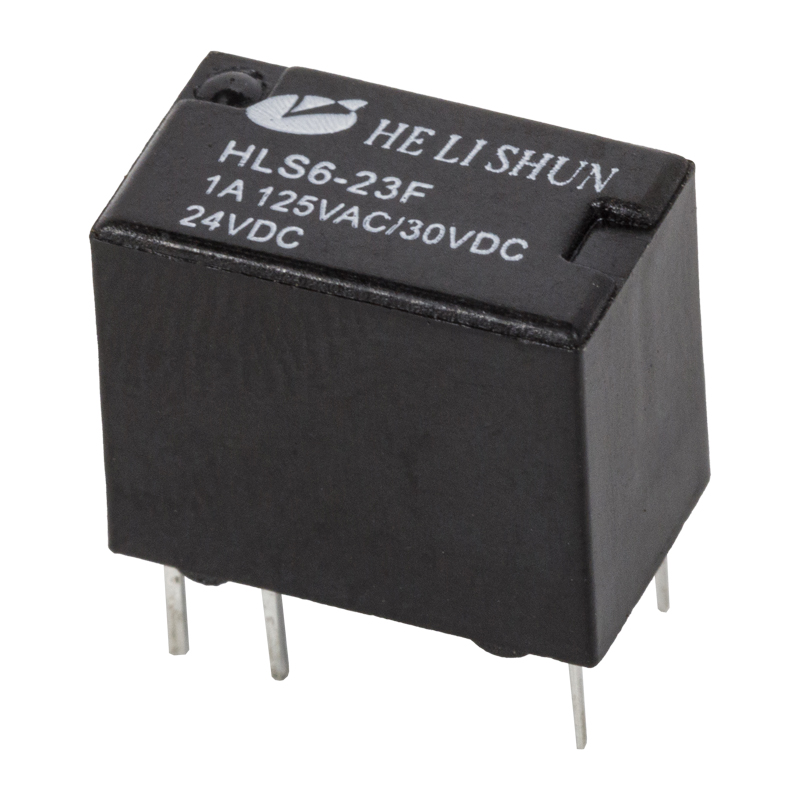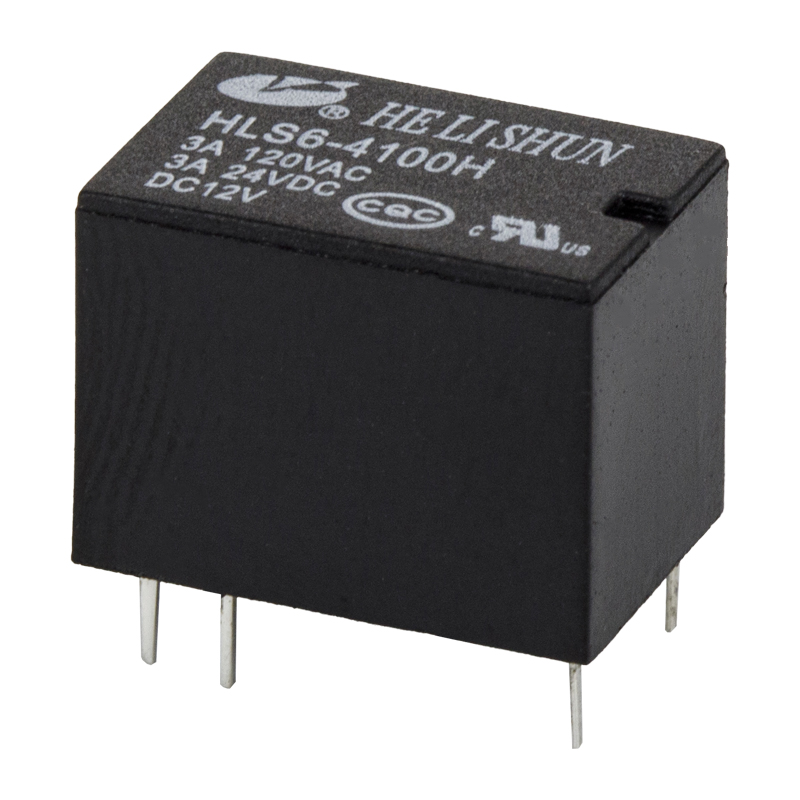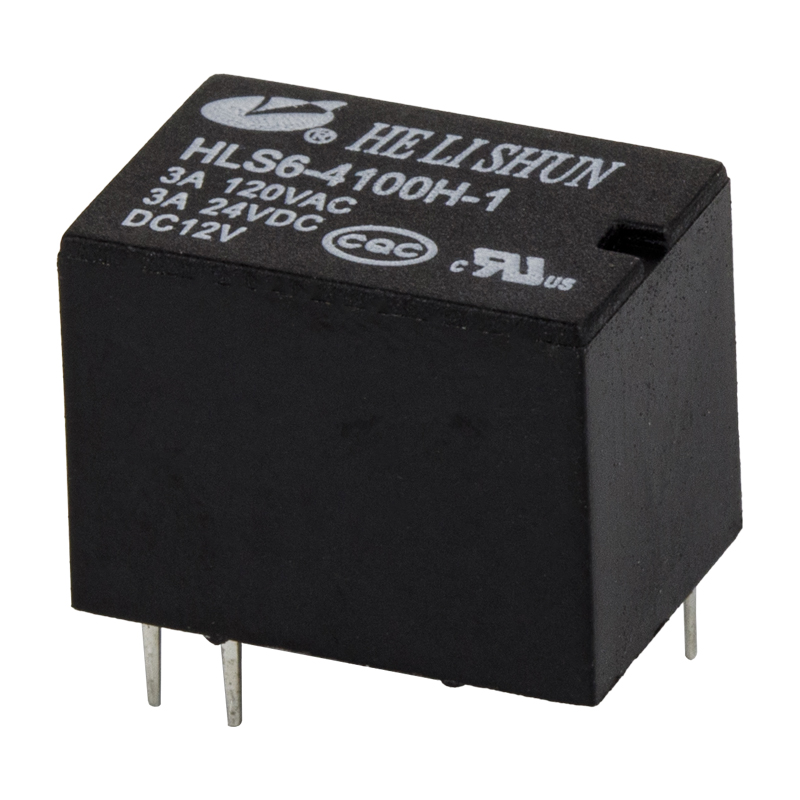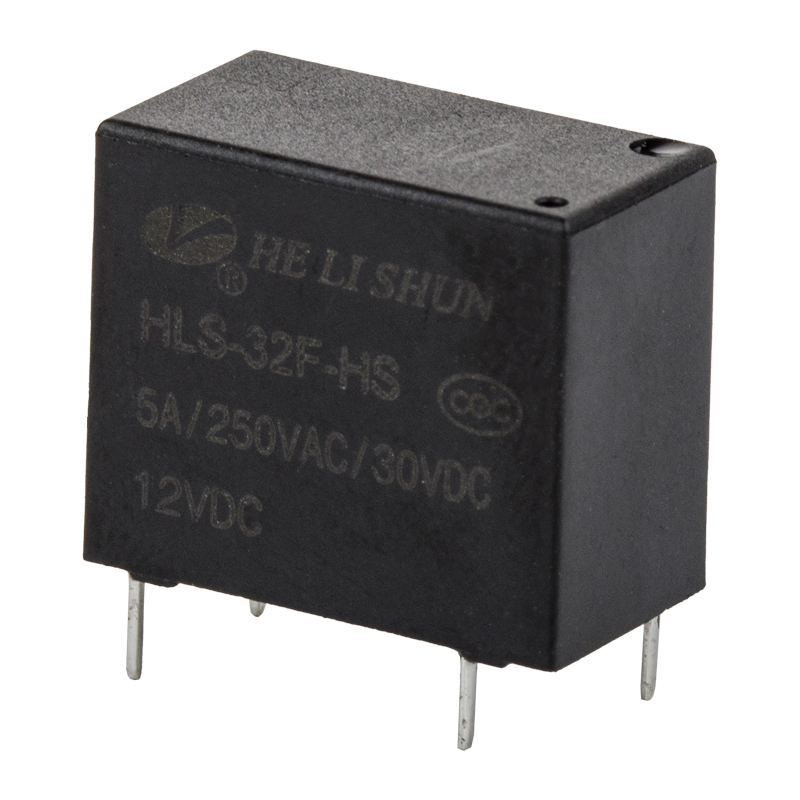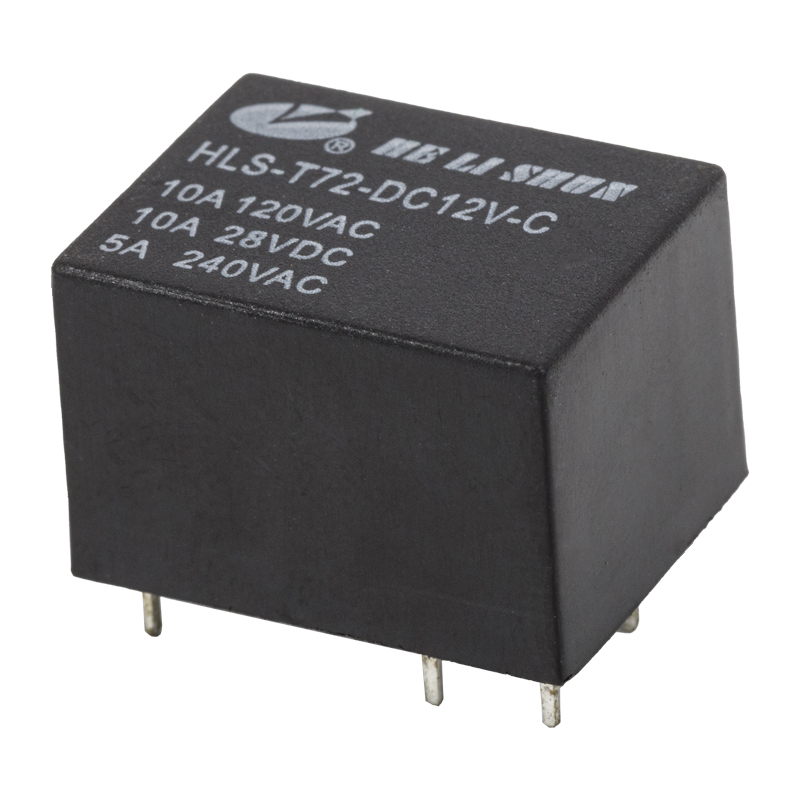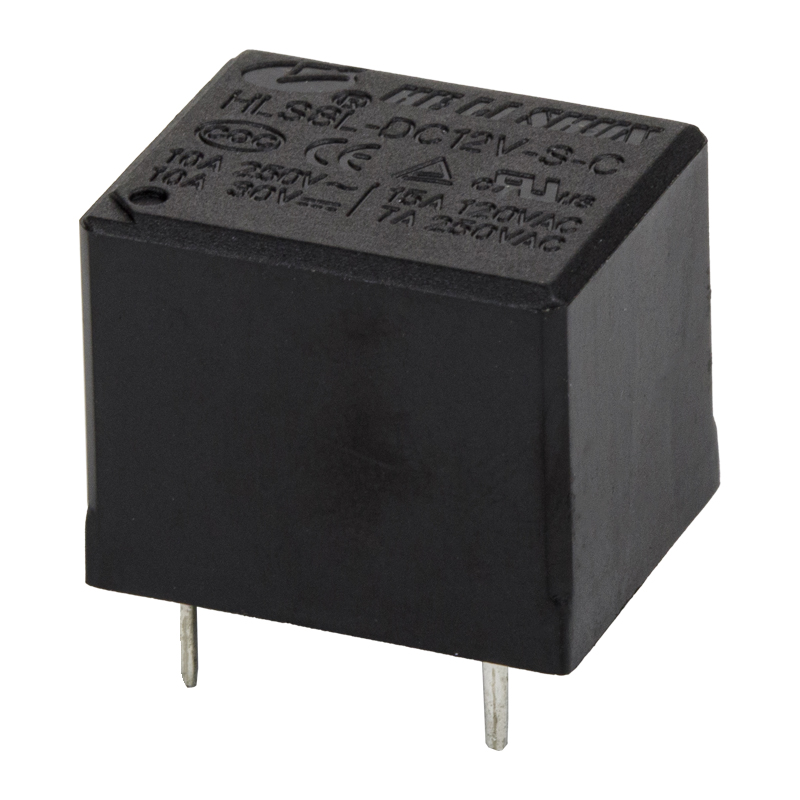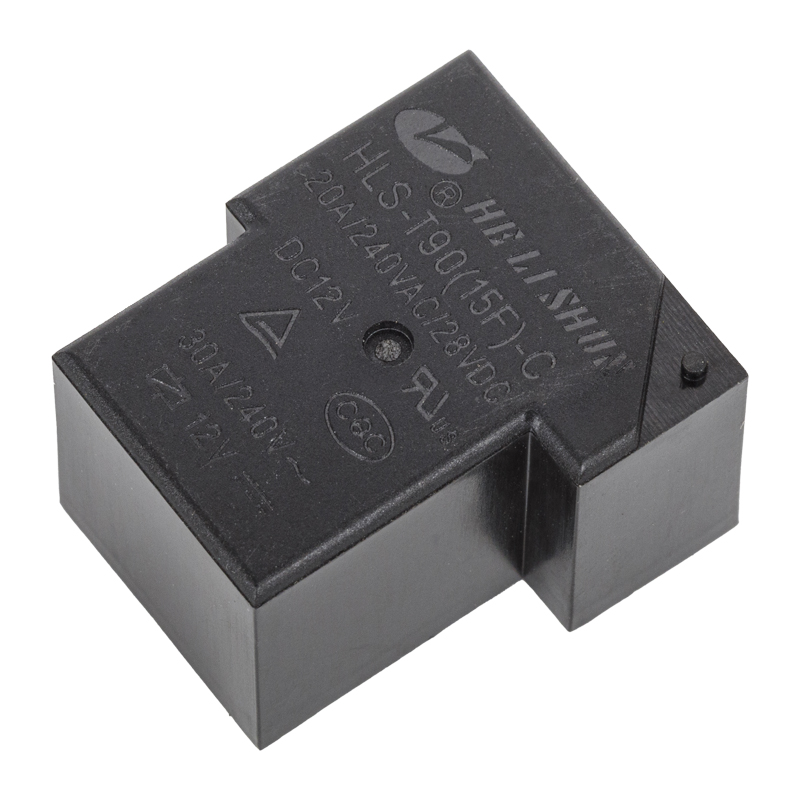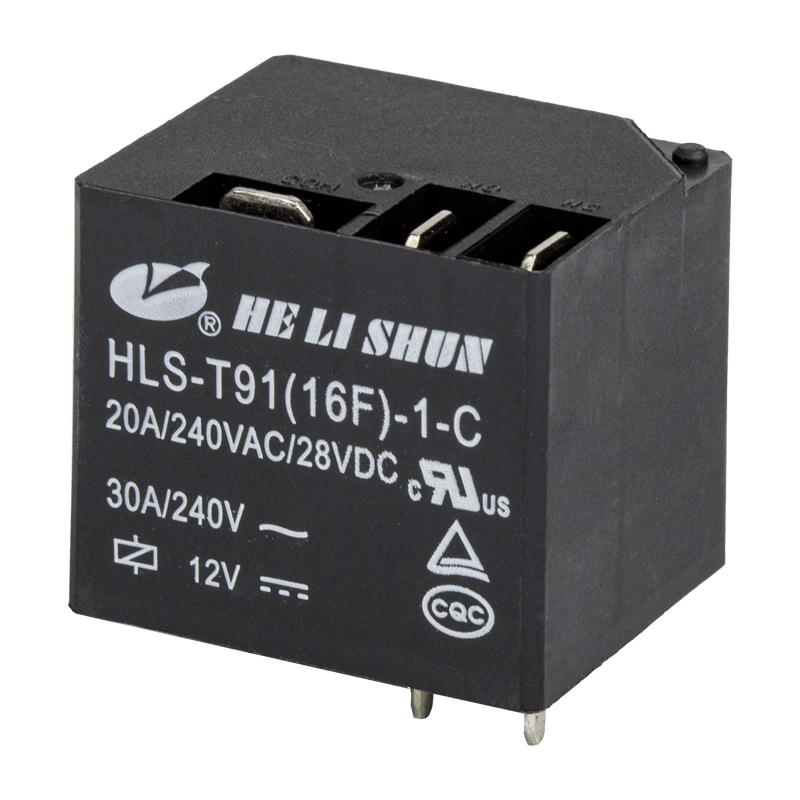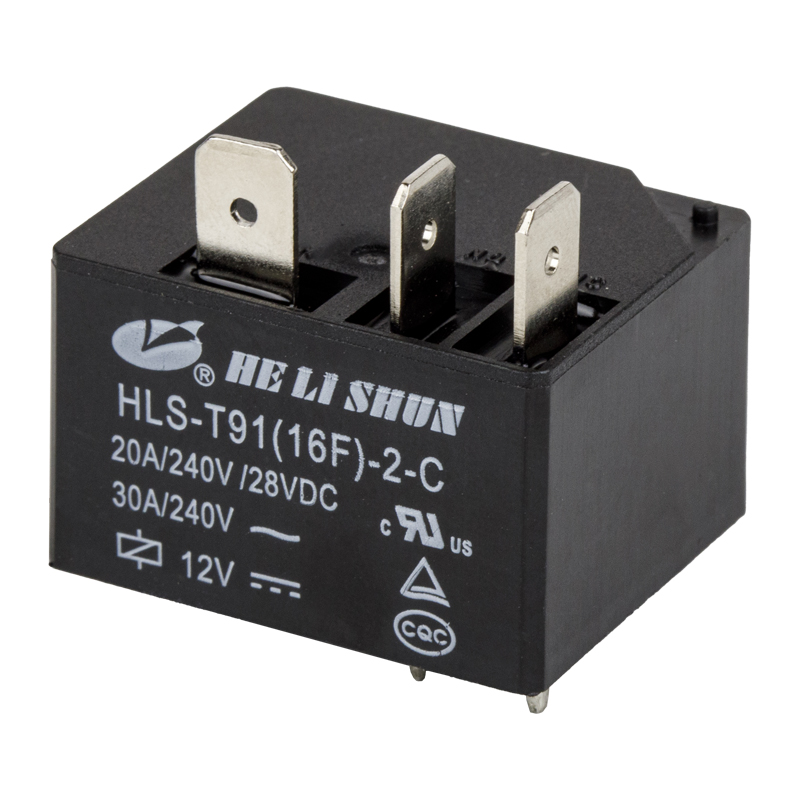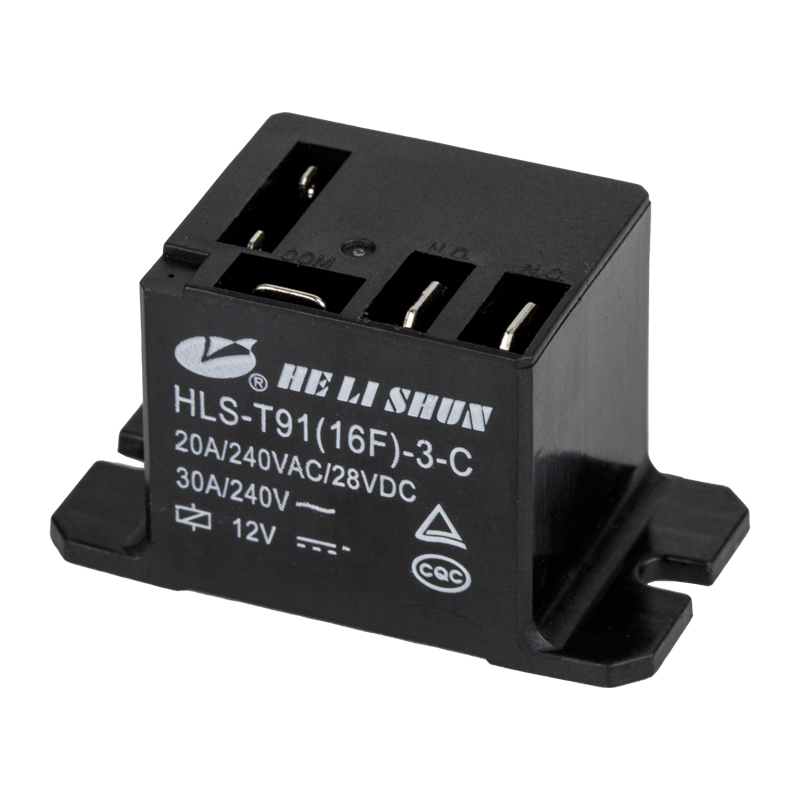A relay socket is not just a physical interface for connecting a relay. It integrates the electrical control logic of the relay, can respond to external signals or instructions, and realize the switching operation of the circuit through the internal relay. In addition to basic automation control system applications, relay sockets are also commonly used in complex electrical systems such as remote monitoring, security systems, lighting control, and motor start/stop control. Its flexibility and reliability make it an ideal choice for many industrial and commercial applications.
An ordinary socket is a standard interface for providing power access in an electrical system, which allows users to connect electrical equipment to the power network through a plug. In addition to home and office use, ordinary sockets are also widely used in public places, commercial facilities, industrial plants and other environments. With the improvement of electrical safety standards, modern ordinary sockets have also added features such as overload protection and child safety doors to improve the safety and convenience of use.
Relay sockets are usually modular in design for easy installation and maintenance. It may contain components such as relay body, terminal blocks, indicator lights (used to display relay status), and protection circuits. The relay is the core component of the socket, which controls the on and off of the contacts according to the changes in input signals (such as voltage and current). Parameters such as the material, quantity, rated current/voltage of the contacts determine the performance and application range of the relay socket.
The structure of an ordinary socket is relatively simple, mainly consisting of a socket body, metal contacts, an insulating shell, etc. The socket body is usually made of fire-resistant insulating materials to ensure electrical safety. Metal contacts are key components of the socket, and they are responsible for establishing an electrical connection with the plug. The design of the contacts needs to consider factors such as wear resistance, conductivity and corrosion resistance to ensure stability and reliability for long-term use.
The working principle of the relay socket is based on the principle of electromagnetic induction. When the input signal reaches a predetermined value, the relay coil generates a magnetic field to attract or release the contacts, thereby changing the state of the circuit. In addition to basic on-off control, the relay socket can also realize multiple functions such as delay control, logic control, and protection control. These functions make the relay socket more flexible and adaptable in complex electrical systems.
The working principle of an ordinary socket is relatively simple. When the plug is inserted into the socket, the metal contacts are in close contact with the contacts on the socket to form an electrical connection, thereby allowing current to pass. Due to structural and design limitations, ordinary sockets usually do not have control functions. Their main function is to provide power access without involving monitoring or control of the circuit state.
Web Menu
Product Search
Exit Menu
news
Home / News / Industry News / What is the main difference between a relay socket and an ordinary socket?
How Can We Help You ?
We reaffirm the high quality service of "high quality, low cost", "integrity builds character, dedication to create quality" as the company's pursuit!
+86-0574-88473018 Contact UsWhat is the main difference between a relay socket and an ordinary socket?
Posted by Admin | 03 Jan
PREV:As a contact material, what role does silver alloy play in this 16A power relay?
NEXT:What are the safeguards for the safety of the socket interface of the relay socket?
NEXT:What are the safeguards for the safety of the socket interface of the relay socket?
Related Products
-
 Hehuaqiao,Yunlong,Yinzhou District,Ningbo,Zhejiang
Hehuaqiao,Yunlong,Yinzhou District,Ningbo,Zhejiang
-
 Tel:+86-0574-88473018
Tel:+86-0574-88473018
+ 86-0574-88344018 -
 Fax:+86-574-88345918
Fax:+86-574-88345918
-
 E-mail: sales@helishun.com
E-mail: sales@helishun.com
sales2@helishun.com
About us
Ningbo Helishun Electron Co.,Ltd. is founded in 2000, located at Ningbo City, the Grand East port on the coastline of the East Sea. We are OEM/ODM Electromagnetic Relays Manufacturers in China
Extra links
QR code
Copyright ? Ningbo Helishun Electron Co.,Ltd. All Rights Reserved. Electrical Relays Suppliers




 English
English 中文简体
中文简体
